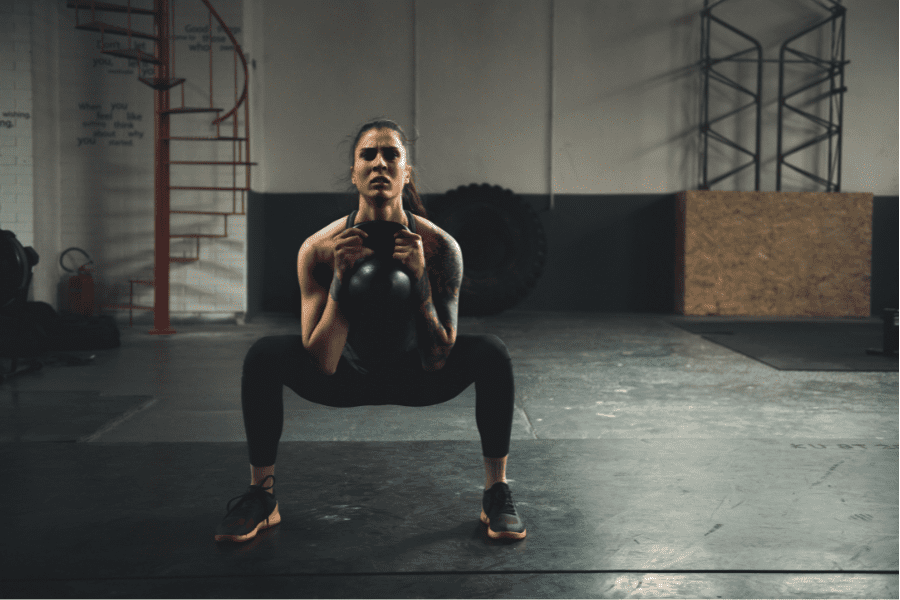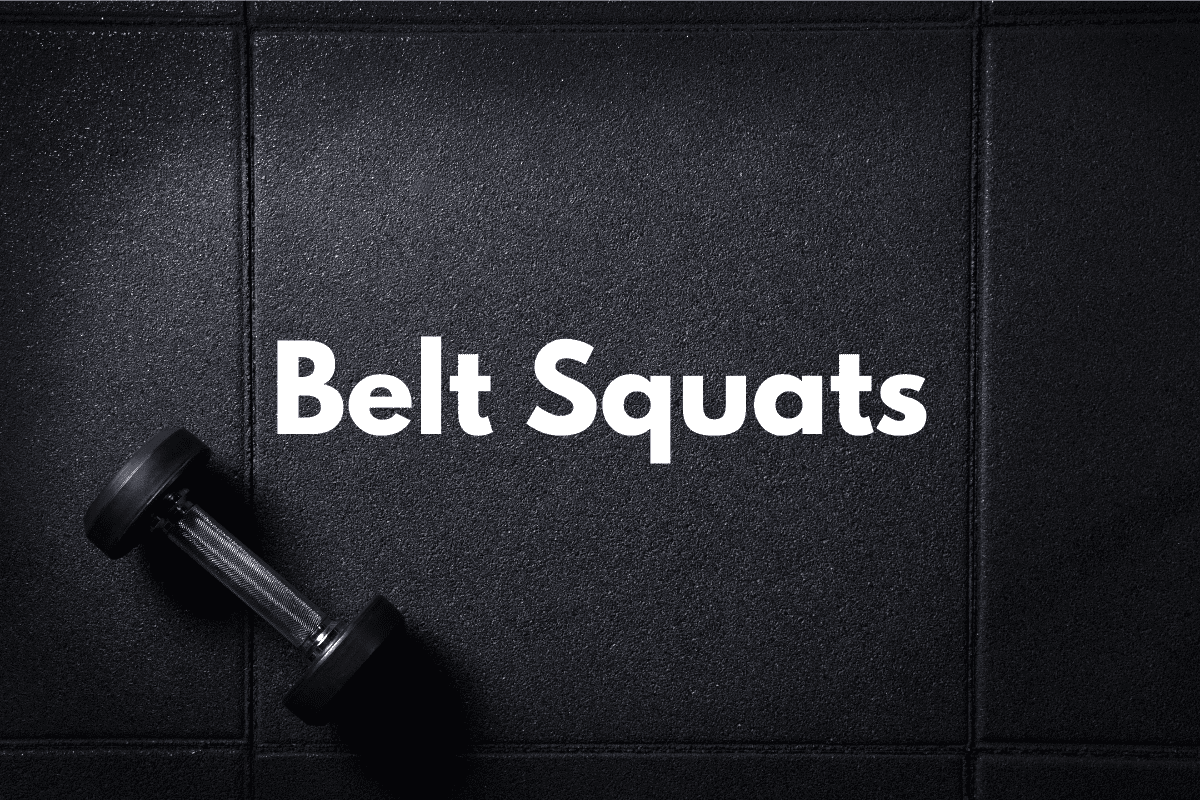Belt Squat (How To, Muscles Worked, Benefits)
Belt Squats are an effective lower-body exercise that can help you build strength, power, and muscle mass in your legs, hips, and glutes.
Unlike traditional squats that require a barbell on your shoulders, Belt Squats use a specialized belt that attaches to a weight stack or other resistance equipment, allowing you to perform squats without placing undue stress on your spine.
This can make them a great option for people with back pain or other mobility limitations. (ALWAYS consult with your doctor or athletic training before doing any exercise if you have back pain or limitations)
In this guide, I’ll cover the benefits of Belt Squats, how to perform the exercise with proper form and some of the benefits Belt Squats provide.
How To Do Belt Squats
Equipment Needed
- Belt Squat machine
Muscles Worked
- Quads
- Hamstrings
- Glutes
Step-by-Step Instructions*
- Begin by attaching the belt to the weight stack and securing the belt around your waist.
- Stand on the platform with your feet shoulder-width apart and your toes pointing forward.
- Lower your body down into a squat position, keeping your chest up and your core tight.
- Lower your body until your thighs are parallel to the ground (or slightly lower), making sure your feet stay flat on the ground.
- As soon as you reach the bottom of your range of motion, drive through your feet to stand up straight.
- Repeat the movement for the desired number of repetitions.
- When finished, carefully remove the belt and step off the platform.
Coaching Points
*Belt Squats can vary quite drastically from one brand to another. These are general instructions on how to do a Belt Squat. Make sure you have someone show you how to properly use the Belt Squat machine you are going to be using.
Also, these instructions are for a typical Belt Squat machine. If you don’t have access to a machine, I have some other options described in the variations below.
Keep your chest up and your core tight throughout the movement. Lower the weight slowly and with control, rather than dropping down quickly. Gradually increase the weight over time, but never sacrifice form for heavier weights.
Benefits of Belt Squats
Belt squats allow you to perform squats without placing a barbell on your shoulders, reducing spinal loading and the risk of injury to the neck, shoulders, and lower back. This makes belt squats a great option for individuals with back pain or mobility limitations.
Belt squats target the muscles in your legs, including your quadriceps, hamstrings, and glutes. This makes them an effective exercise for building lower body strength, power, and muscle mass.
Belt Squat Variation
If you don’t have a Belt Squat machine, here is a variation you try.
For these variations, you’ll need a Dip Belt (a lifting belt with a chain attached to it) and something to elevate you off the floor (plyo boxes or a stack of weight plates can work).
Attach the Dip Belt to a weight stack on a cable machine, a dumbbell or even a weight plate(s). Stand on the boxes and make sure to get your feet and body position set and secure. Now, squat as you normally would.
The weight you have attached to the Dip Belt will provide resistance and the elevation you’ve created off the floor should allow for a full range of motion.
Belt Squat Alternatives
Don’t have a Belt Squat machine? Need a Belt Squat alternative? Here are a couple of exercises that you may be able to use as a replacement.
Goblet Squats

Goblet Squats have many similarities to a Belt Squat. Obviously, both are both squats but Goblet Squats also don’t require axial loading (placing a bar on your shoulders).
Goblet Squats won’t allow you to use nearly as much weight as a Belt Squat will, but they can be a solid alternative if you don’t have a Belt Squat machine.
Front Squat

Front Squats are another squatting alternative that doesn’t require loading a barbell onto the back. The bar is instead loading onto the front of the shoulders.
I’ve trained athletes in the past that were not able to do Back Squats but were okay doing Front Squats. If you do have any back issues that prevent you from Back Squats make sure you clear any other potential exercises with your doctor or athletic trainer.
More Links and Info
Need a training program? The Horton Barbell Shop contains a wide variety of programs from Sports Performance Programs to Beach Ready Programs. So, whether you’re looking to improve in your sport, just want to look good at the beach or anything in between – we have a program for you!
If you’d like to check out more lower body exercises, then head over to the Lower Body Lifts section of our Exercise Library. There you’ll find dozens of movements, all with complete detailed instructions.

